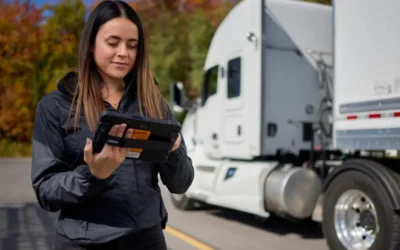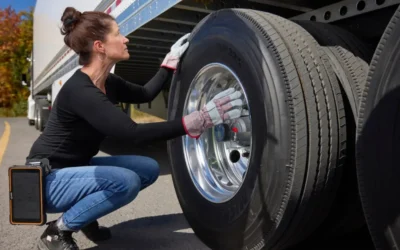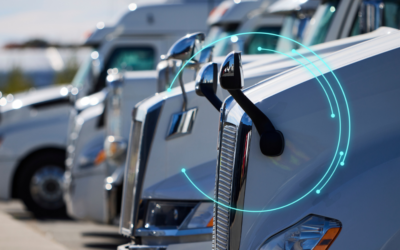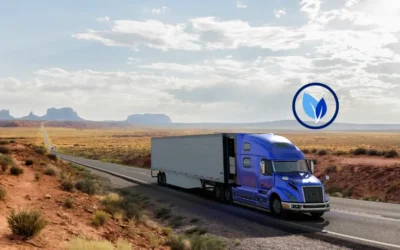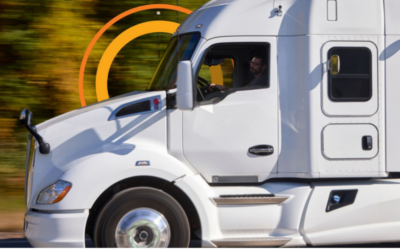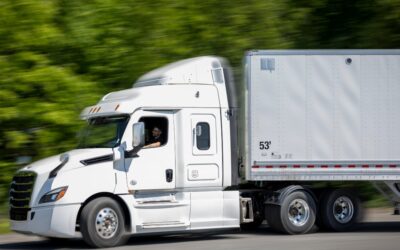Do I have to use an ELD if I travel within a 160 km radius from my home terminal?
If you travel within a 160 km radius from your home terminal and you do not currently have to fill out paper daily logs, then you do not need to use an Electronic Logging Device, or ELD.
However, if you travel within a 160 km radius from your home terminal and you currently fill out paper daily logs, then you must transition to an ELD by June 2021. The regulatory changes are mainly intended to replace paper logbooks with electronic logs.
Does an ELD that is certified in the United States have to be certified in Canada for cross-border trips?
Yes. In Canada, providers must have their devices certified by an accredited organization, whereas in the United States, suppliers self-certify. ELDs registered with the Federal Motor Carrier Safety Administration (FMCSA) are valid for the United States, and ELDs that are on the official Transport Canada list are valid in Canada. Just because a device is authorized in the United States does not mean it is automatically authorized in Canada.
However, ELD requirements were in large part harmonized with those of the United States in order to minimize the impact on Canadian cross-border operators.
How does the ELD Rule affect short-haul?
Rules regarding hours of service (HoS) are not affected by ELD regulation. However, starting in June 2021, drivers who currently fill out a paper logbook will have to use ELDs.
What is the driver status when the “yard move” feature is activated?
Since the ELD is connected to the vehicle’s engine, it knows the speed of the vehicle. At 8 km/h, the driver status automatically switches to “driving”. Drivers moving vehicles in the yard should select the “yard move” feature so the status shows “on duty” rather than using up driving time.
Do provincially regulated carriers have to comply with the regulation?
For the time being, the Canadian regulation applies to federally regulated commercial vehicles. Every province will have to adapt the regulation to its own circumstances.
In Canada, companies that provide extra-provincial transportation, including local activity, fall under federal jurisdiction, while companies that operate within a given province are provincially regulated.
Does the Canadian regulation contain any particular considerations for the agricultural industry?
There are currently no specific changes or exemptions for the agricultural industry. The only guidelines are the following: if paper logbooks are currently required, ELDs will be required by 2021. It should be noted that if part of your fleet of trucks is not required to keep paper logbooks, that same portion will not be required to use ELDs.
When will the list of certified ELDs be available?
According to the most recent information, the list of certified devices should be available by June 2020. Transport Canada will publish the list on its website. Accredited organizations have yet to be announced.
What happens when someone other than a driver drives a vehicle fitted with an ELD?
First, it should be noted that ELDs manage a user account structure that separates drivers and motor carrier’s personnel.
When an unidentified driver, such as a technician, takes the wheel, the ELD should log these driving events under an “unidentified driver” account. Driving segments assigned to “unidentified drivers” must be explained in an appended note.
Other questions?
Do you have further questions? Follow us on Facebook or LinkedIn! We regularly post content about the transportation industry and regulatory news on social media. Join the conversation!


